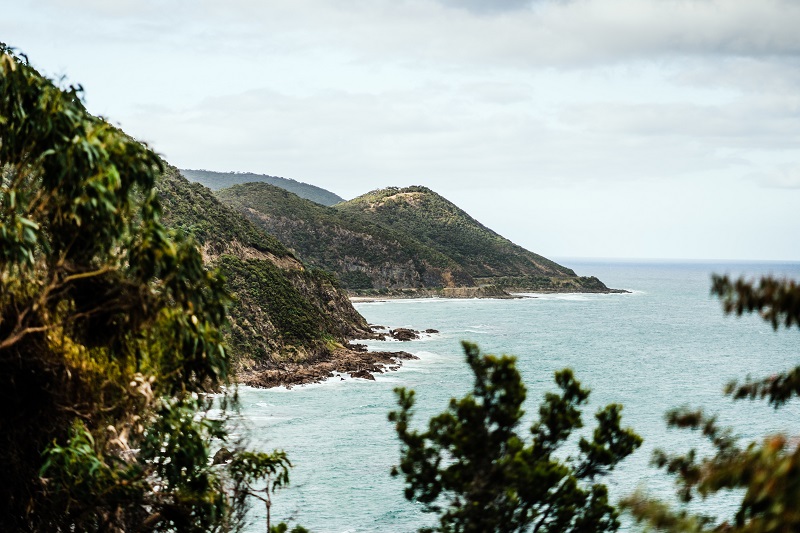Great Ocean Road Coastal Trail –
Commercial Optimisation & Needs Analysis
Overview:
The Great Ocean Road Coastal Trail is a proposed 90km walking trail connecting coastal towns from Fairhaven to Skenes Creek in Victoria, Australia. The trail will eventually links the Surf Coast Walk with the Great Ocean Walk, creating a continuous track from Torquay to the Twelve Apostles.
ODIN360 was appointed to review the trail masterplan, business case undertaken by KPMG and develop ways to:
- Generate revenue for GORCAPA (Great Ocean Road Coast and Parks Authority) to cover ongoing trail maintenance costs and other potential benfits .
- Create economic and employment opportunities for First Peoples’ communities, aligning with their cultural values.
- Stimulate broader economic growth in the region, benefiting local businesses and tourism.
- Enhance visitor experiences through infrastructure, services, and diverse walking options.
- Save on infrastructure costs
Deliverables:
- Financial Sustainability : Identify opportunities to generate revenue to cover ongoing trail maintenance costs
- Market Analysis : advanced market research and data analysis was used to identify market trends and walker demographics
- Reduction in Infrastructure Costs: Identify potential changes to scope that provided cost savings but did not impact overall walker experience
- Visitor Management: Balance high visitor interest with environmental protection and manage peak congestion.
- Diverse Walker Needs: Identify walker preferences
- Cultural Integration: Embed First Nations- Eastern Maar and Wadawurrung values in trail design and operationsand create opportunities and benefits for these communities
- Stakeholder Engagement: Seek support and input of local business and community groups eg Great Ocean Road Regional Tourism, Parks Vic, multiple councils and government agencies to gather insights on opportunities, challenges, and priorities.

Key Outcomes
Recommendations included amending the proposed model to include:
- Walker Hub Development: Establish a “walker hub” as a foundational stage, offering accommodation, transport options, and services.
- Staged Trail Construction: Implement the trail in phases. A number of potential savings were identified and a prioritised list of infrastructure was provided
- Market Research Insights: Target diverse walker groups, with significant interest in short and day walks, as well as serviced overnight walks. Key infrastructure preferences were also tested which informed the overall proposed construction model
- Economic Activation: Collaborate with local businesses to create walker-friendly services and promote off-season visitation.
- Digital Tools & Marketing: Launch a paid walker app featuring maps, cultural insights, safety tips, and booking options.
- Cultural Integration: Partner with First Peoples’ communities to develop cultural tourism experiences and ensure employment opportunities.
- Sustainability Measures: Implement strategies to manage environmental impacts and design accessible sections for people of all mobility levels.
